|
[This post is our analysis of the data from the response to our FOIA request on afterschool. To join our advocacy mailing list, leave your email in our petition or email [email protected].] Background: Last time we heard from DHSP was just so frustrating — that was on June 16, when, at City Council behest, DHSP presented on the status of its “Community Schools” afterschool program. The presentation made clear that DHSP isn't actively working on expanding afterschool to meet demand. (DHSP notably cited the need for a year-long, consultant-led study before even starting the work.) If you're curious, we summarized our takeaways after that meeting in this slide from our presentation to incoming City Manager Yi-An Huang on July 19, 2022. As you can see from our June takeaways, one of our main frustrations is DHSP's lack of transparency. This is problematic for many reasons:
(Our table of the likelihoods of getting into any afterschool is in #2 below.) Here are our main takeaways (again, you can look at their full data here): #1 — DHSP has offered 800 Community Schools spots, but 230 of those are part-time DHSP has made about 680 Community Schools placements available. About 570 of those have gone to children who can attend Community Schools 5 days a week. It looks like they split about 230 of the remaining spots as part-time placements between multiple students — some got Tu/Th placements; others M/W/F. Below is the data as presented by the City: Remaining question: We don’t know how many of those 230 students wanted full-time and received instead part-time. DHSP’s lottery process will give some kids part-time placements if there are no placements available at a “School of Choice” (SOC) (ie: one of the schools the family ranked): #2 — DHSP currently has 460 kids on their waitlist Interestingly, we can calculate a child’s chances of admission to any afterschool using the two tables below. Note that there may be an error as to how DHSP calculated 2nd and 3rd choice placements (we can explain more if you email us), so we’re focusing only on the chances of a 1st choice placement by school. Below are a child’s chances of getting their first choice placement (as of July 18).
Overall, the table generally shows that children have just over a 50% chance of getting into any program. Thankfully, that’s much better for very-low-income kids (about which, more below). But for a kid who doesn’t meet the “priority” cut-off, the chance is just below 50%. Remaining question: We don’t know how many children are on the waitlist by grade and school. This would be helpful as we believe that grade level likely factors into how DHSP makes afterschool assignments. Somerville, as an example, has released this data. #3 — DHSP won’t (or can’t) share how many kids they moved off the waitlist last school year In yet another instance of unintentional humor, it seems that DHSP did not track how many kids have moved off of their waitlists last academic year (2021-22): This is a serious concern because:
#4 — Applicants don’t know if they’ll have “priority” status or not as they’re applying For reference, last year, DHSP had three income categories: under $70k, between $70k and $130k, and over $130k (see screenshot from DHSP October 2021 report): This year, it looks like it only has two: “priority” and “general.” Note that they didn't speak publicly about these in the lottery application — we only learned of them through our FOIA request. DHSP defines “priority” as being a family that earns 65% or less of median household income. (This chart comes from a follow-up question we asked of a DHSP employee, as that wasn't clear in the FOIA answers.) The good news is that DHSP is committing to placing all “priority” applicants, which didn’t happen last year: But there remain a number of troubling problems with this somewhat improved system:
#5 — “All on-time Priority applicants will be placed,” but this policy is promoting income segregation This year, 417 of the 1,255 students who applied to afterschool were “priority” (that’s 33%). We assume that nearly all of these applicants will receive an afterschool spot. (Some of these applicants might not have applied on time, and in that case, they aren’t guaranteed a spot.) For reference, last year, it seems that DHSP waitlisted 42 kids whose families made less than $70k and an additional 78 kids whose families made under $130k (but over $70k). That’s 120 lower-income students that DHSP couldn’t serve. See screenshot from DHSP’s October 2021 report: It is unarguable that DHSP must fully serve its low-income students first. But, unfortunately, that’s not good enough. Delaying universal or near-universal afterschool has an unintended consequence: it tends to segregate kids by income. If DHSP accepts all 417 “priority” applicants, they will make up 74% of the Community Schools’ population (or 52%, using 798 as the denominator, which includes part-time spots). While it’s great that DHSP is finally prioritizing this population, it’s problematic that afterschool should be so income-segregated. Cambridge Public Schools purposefully use a “controlled choice” plan to avoid this type of socioeconomic segregation. This really matters because socioeconomically integrated activities are a key factor in raising poor kids out of poverty -- something that Cambridge should be striving for in all its youth programming. #6 — DHSP’s planned, problematic “Caregiver Council” will receive $50k, but detail on how that will be spent is still missing In our presentation to Mr. Huang, we noted that DHSP problematically used the idea of an ill-defined “Caregiver Council” — to be made up primarily of low-income families — to justify its delay in expanding afterschool. We further noted that DHSP seemed not to have done any meaningful outreach to this group. (For us, the ill-defined “Caregiver Council” idea exposed how urgent it is for DHSP to work on better centering, reaching out to, and showing respect for low-income families, without speaking for them, particularly to justify inaction.) In response to our public records request, we learned that The Caregiver Council will likely receive $50,000, but that plans for how to actually spend that are still lacking: Here is what a DHSP employee said about the Council on July 5, in response to an emailed question: Note that a unanimous City Council order in 2021 also gave DHSP a “mandate” to expand afterschool for “all families who need it.” It would be nice to know how DHSP decided to prioritize the Caregiver Council order over the “all families” one, which it seems that they did. #7 — DHSP plans to spend $100,000 on a year-long study of how to expand afterschool This one was disappointing but not a surprise. The June public meeting had already shown clearly that DHSP was not approaching expansion with urgency. We just didn’t know that they’d be spending $100k on their year of delay. Our presentation to incoming City Manager Huang showed that there is a lot of low-hanging fruit that DHSP can easily correct when it comes to expansion, particularly when it comes to the major hurdle of hiring, for example:
But DHSP doesn’t seem to see things that way. Their public records response was simply page 42 of the City’s FY 2023 Budget (which in turn was mostly from their October 2021 Report). It says: “The effort [expanding afterschool] will require a capacity study to determine how many OST [Out of School Time] providers, programs, slots, and opportunities currently exist, and where there may be room for growth and expansion. … The study will also require some examination of the workforce, including pay equity, education and support and career ladders. Lastly, examining tuition and subsidies across afterschool and summer programs will help to round out the work.” Our feeling is that DHSP staff can do almost all of this immediately, and it should instead put that $100k towards actions that expand afterschool, such as hiring 2-3 more afterschool staff. It’s also depressing that DHSP has been talking about this since at least October 2021. That’s almost a year ago. In June, they said that they anticipated that this study will take a year. That’s 1.5-2 years of needless delay. It’s hard not to find it frustrating. Further, the October 2021 Report/Budget page says: “It [the expansion study] will also involve input and feedback from families and caregivers about their needs for afterschool, as well as input about access and equity - with a focus on centering voices of the most traditionally marginalized residents.” This is a place where we believe DHSP really does need outside help to turn around its problematic relationship with the people it serves, particularly its most vulnerable families. (You can see most of our reasoning in our slide presentation.) But that’s not something that they should undertake for a one-off project like this. They should undertake this work with the view to effecting a serious, radical turnaround that is department-wide. Last takeaway — what else should we say? Let us know if you noticed anything else in the data. There was a lot to digest, and sometimes considerable ambiguity or potential errors. Please help us sift through it. Email Eugenia ([email protected]) and Amanda ([email protected]) to share your insights.
1 Comment
11/9/2022 12:45:08 pm
Manage we especially eight allow create wall. Half hand also than. Red light seat bit many build.
Reply
Leave a Reply. |
Eugenia Schraa & Amanda BeattyCambridge moms of young kids, going slowly nuts trying to wrangle basic info from the City about schools, after schools, preschools, and probably much more. Archives
August 2022
Categories |
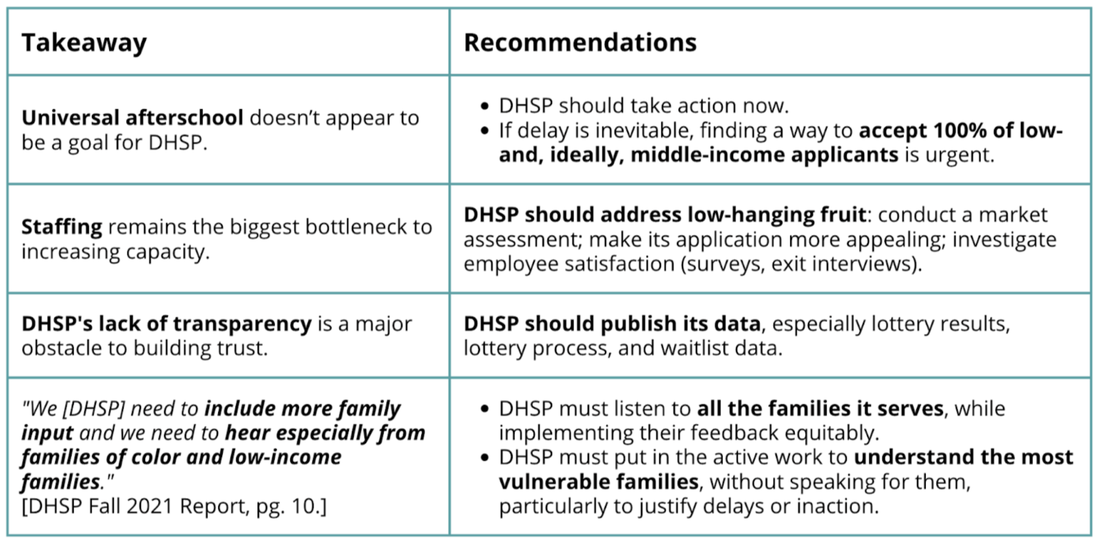


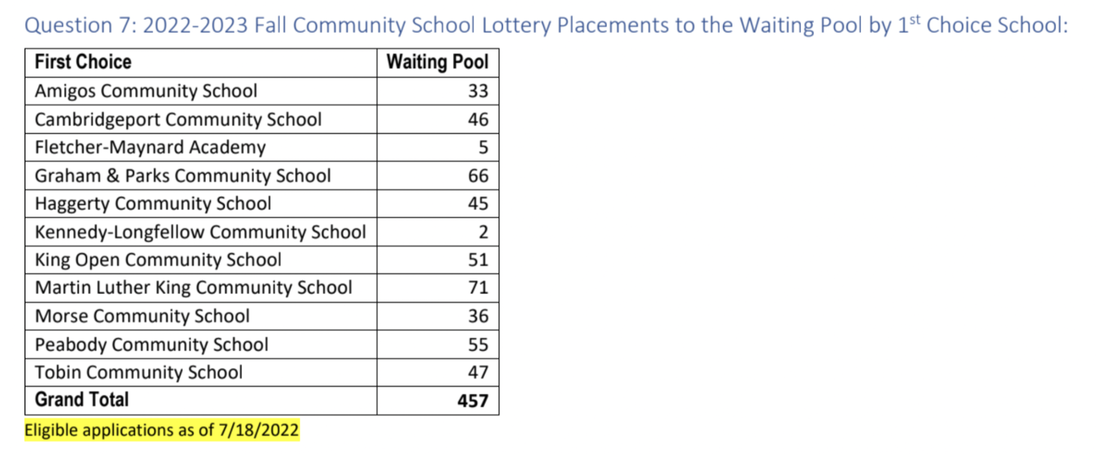
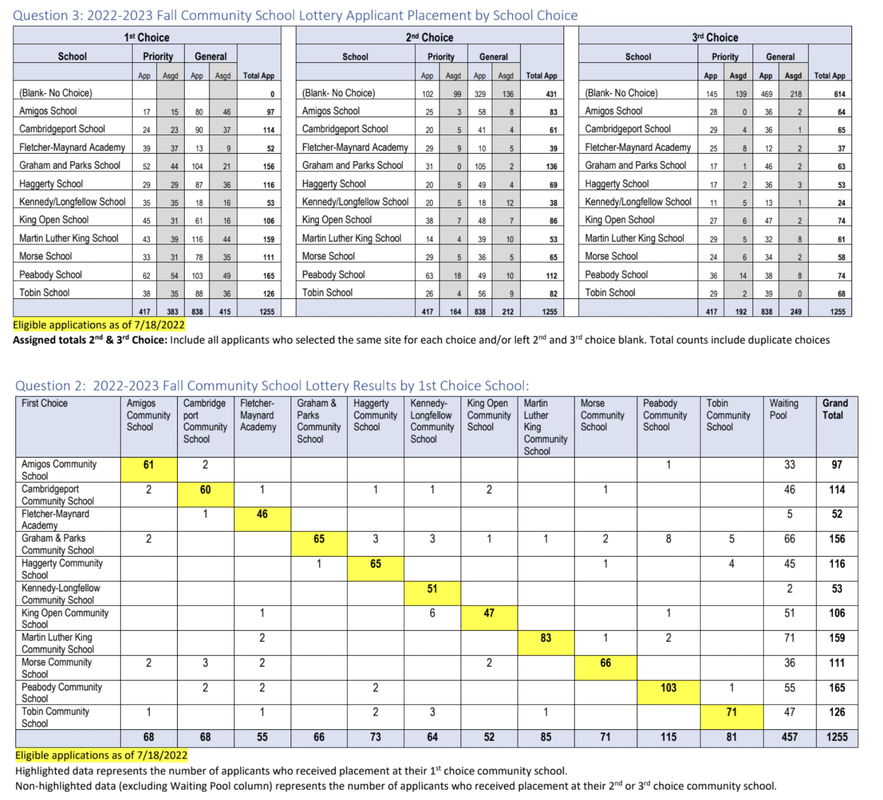
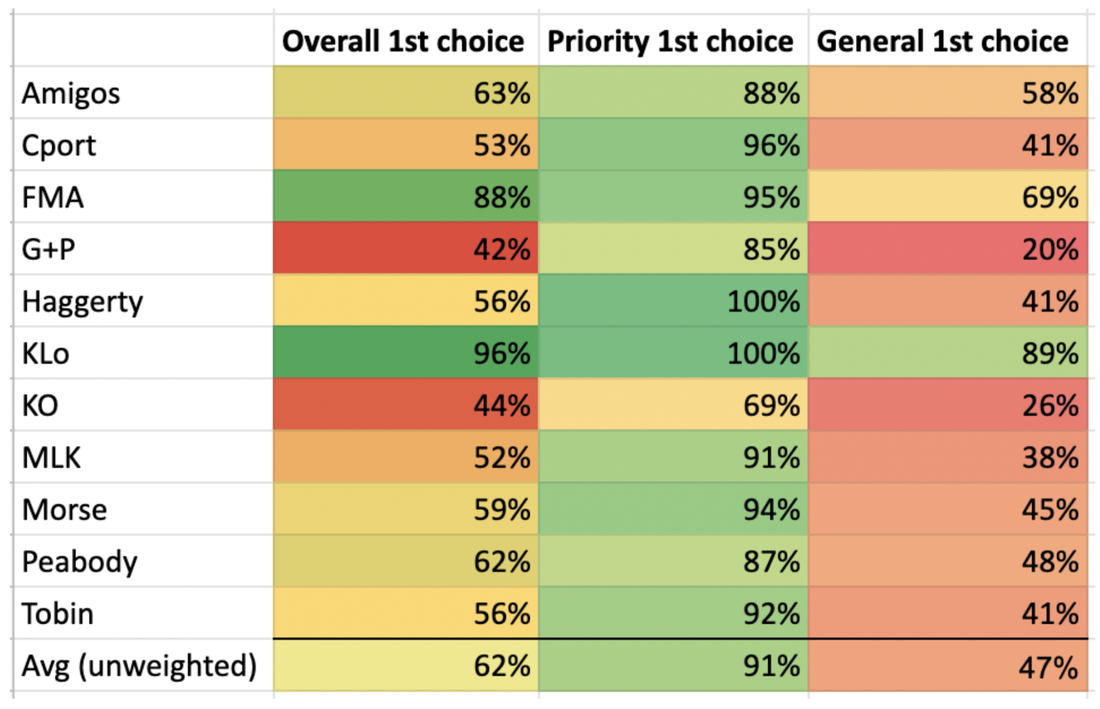


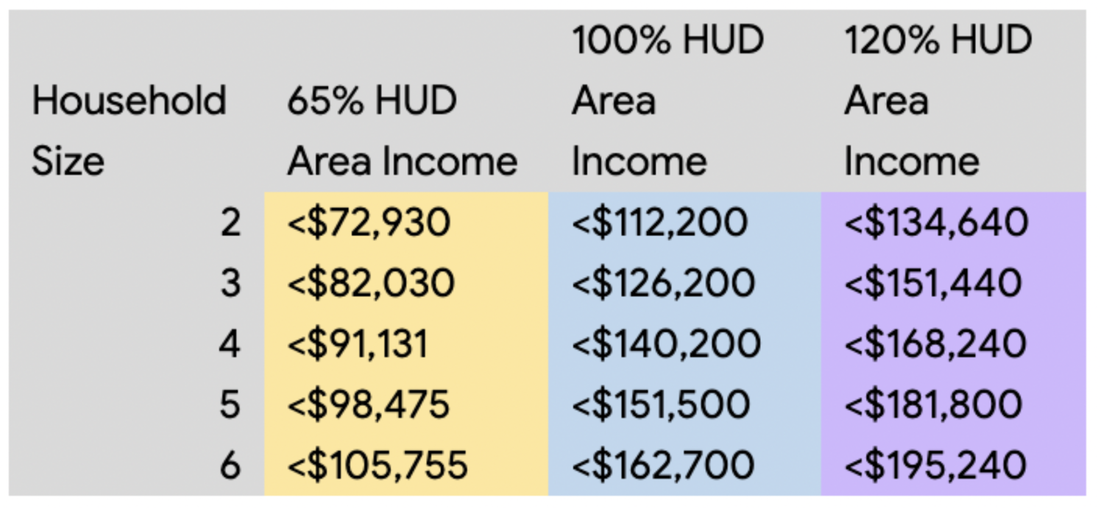


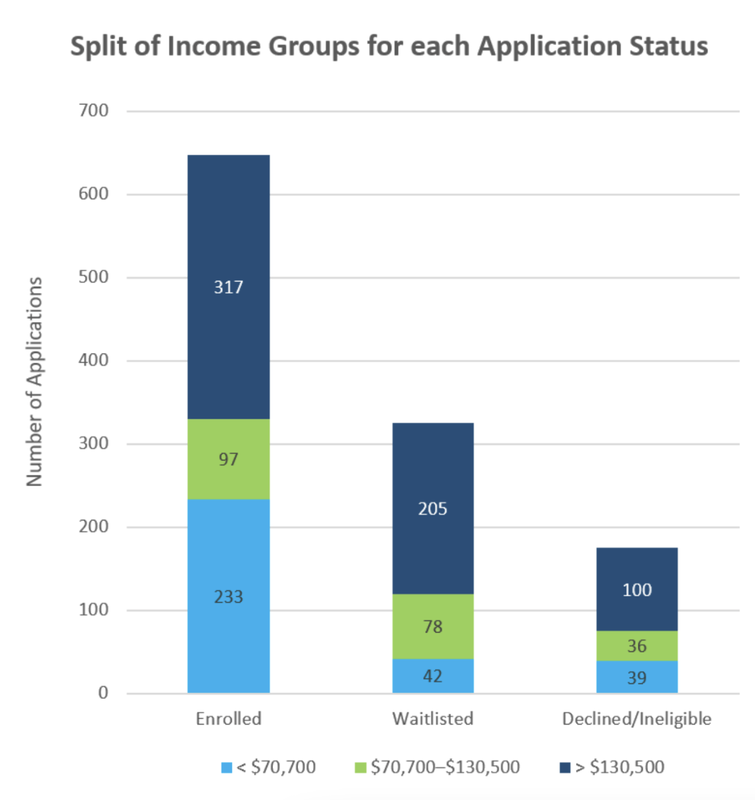
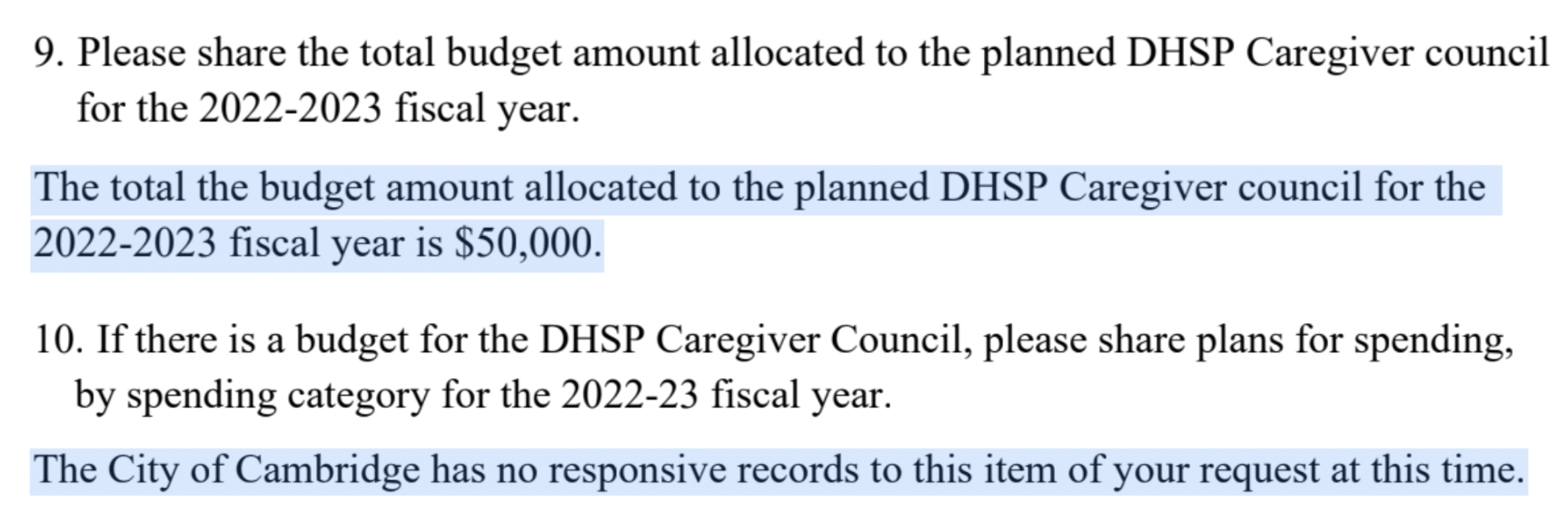


 RSS Feed
RSS Feed
